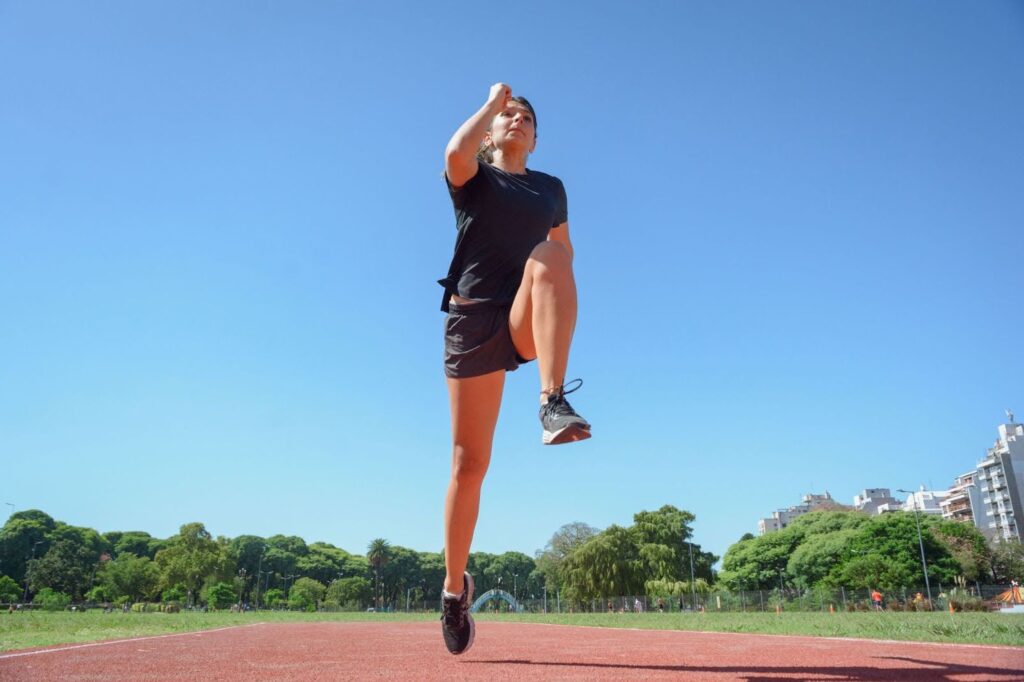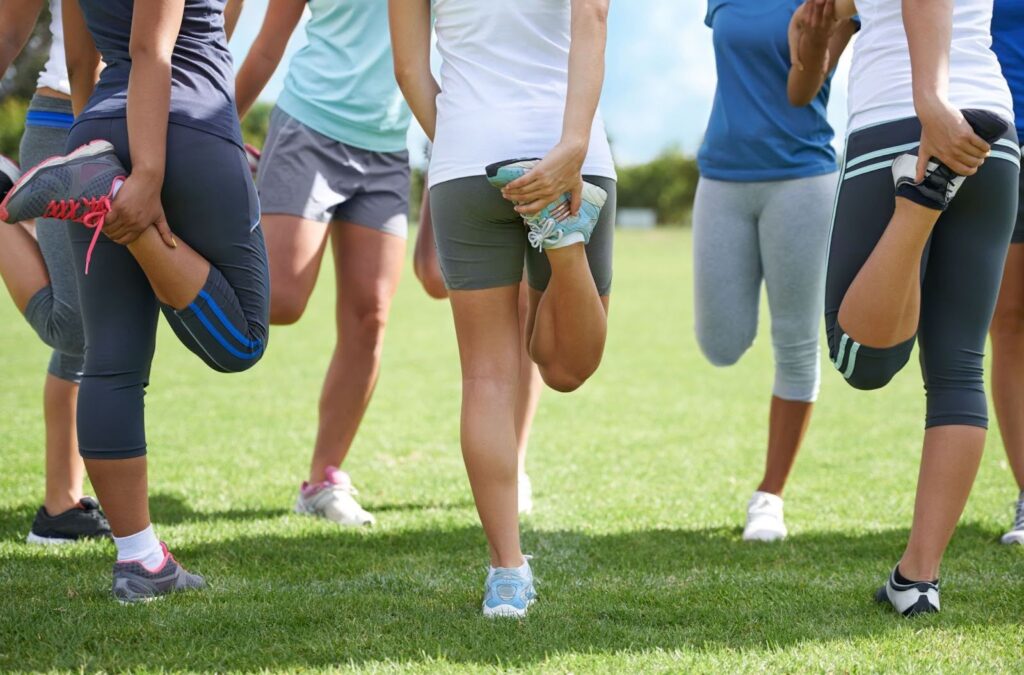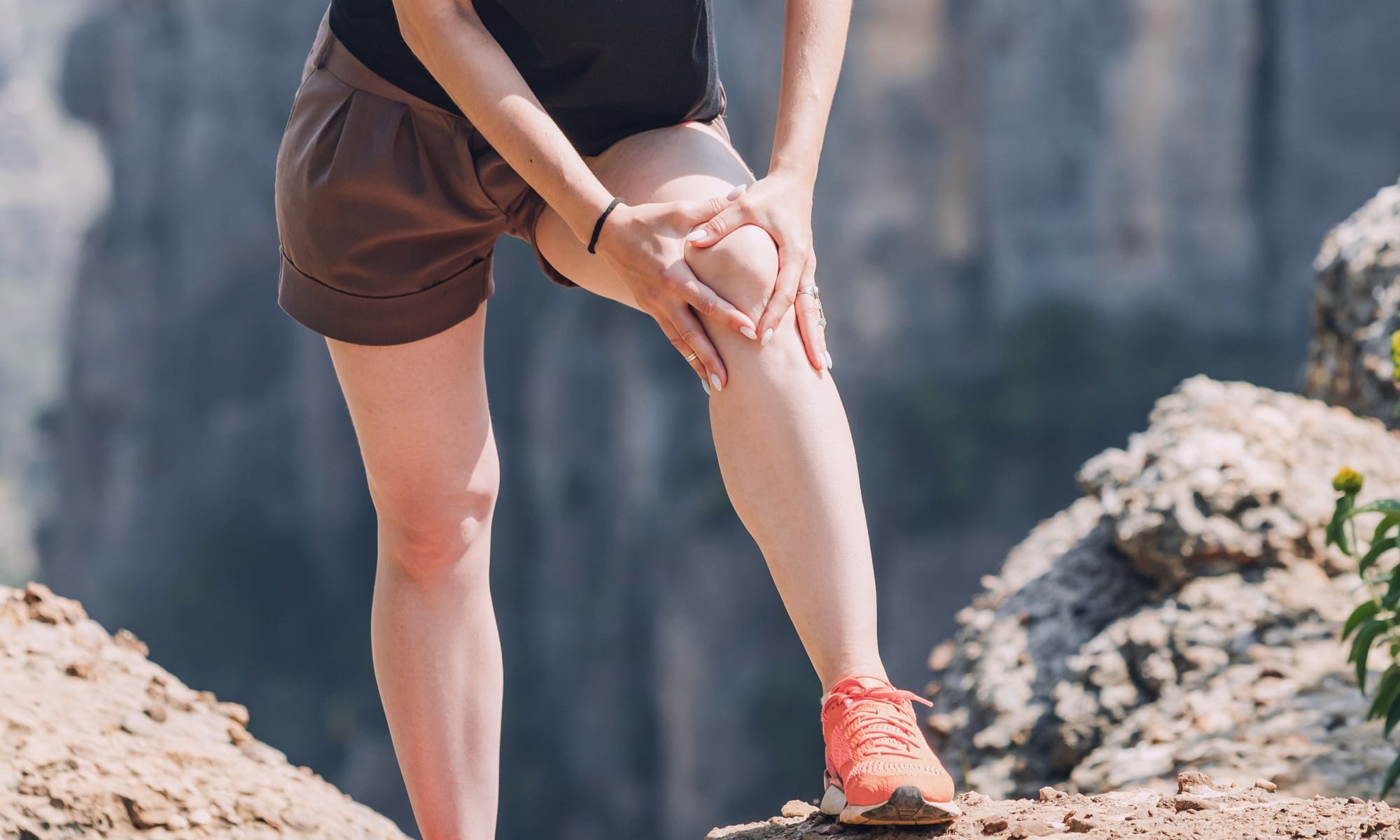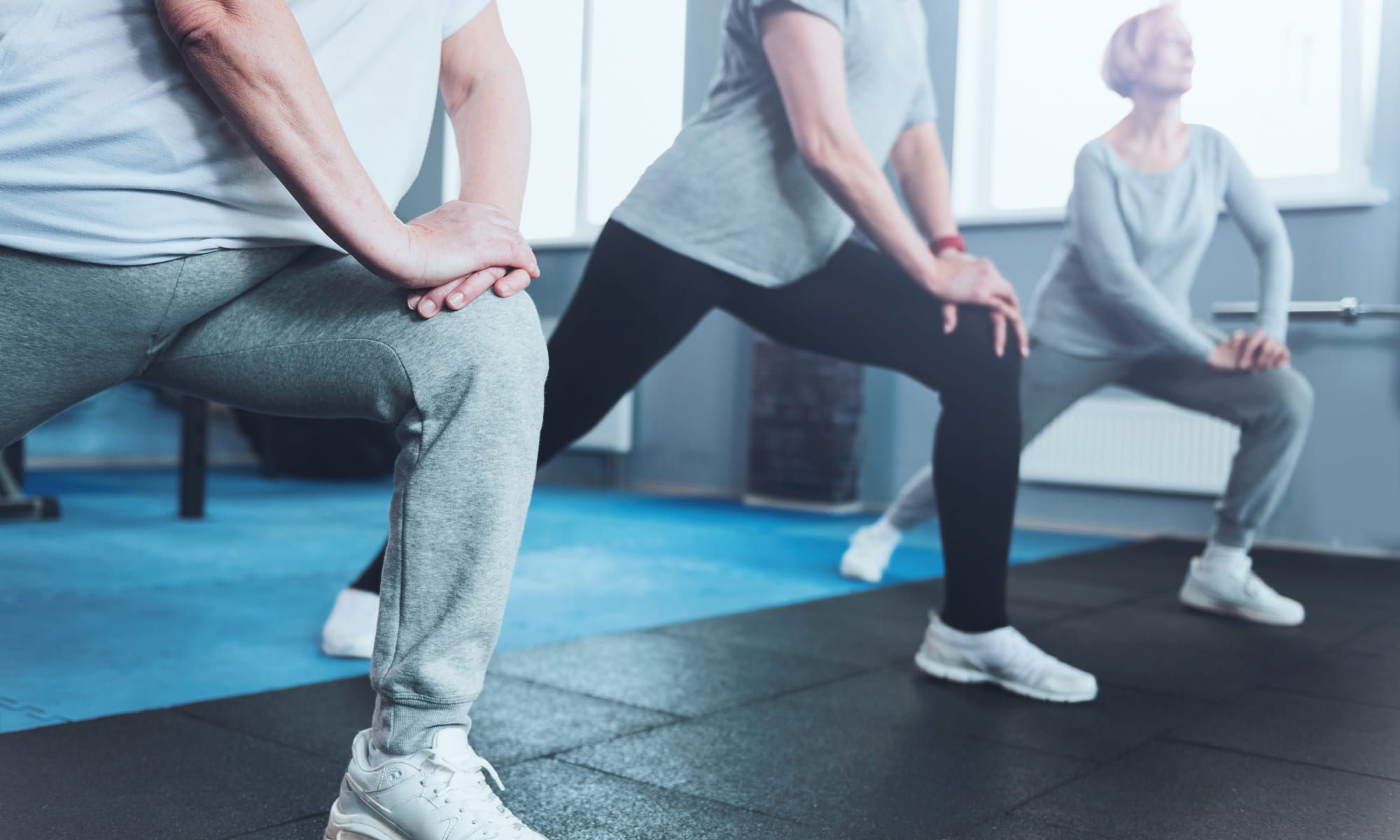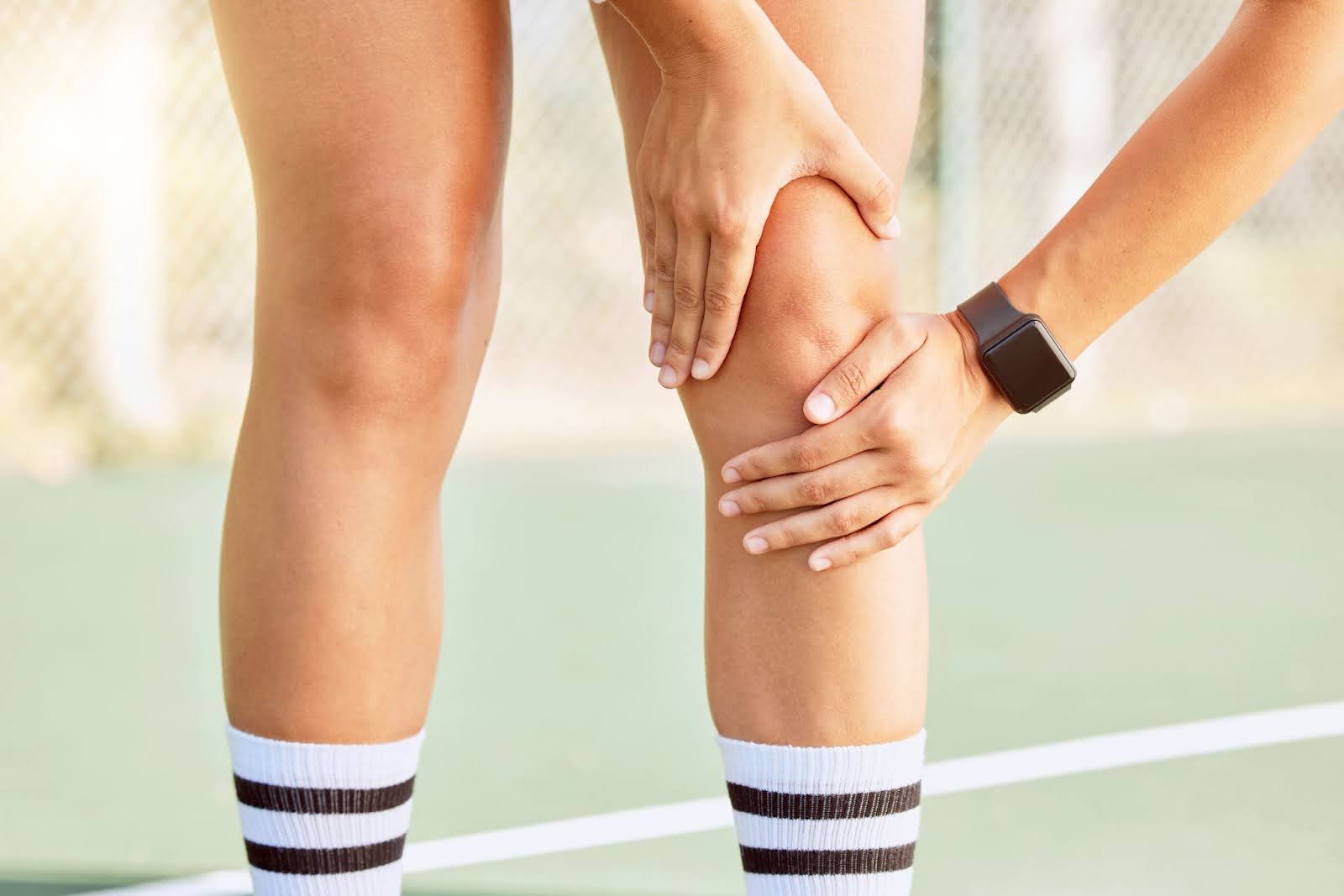Top Categories
Introduction to ACL Injuries
The ACL (Anterior Cruciate Ligament) is a ligament that helps stabilise the knee joint during movement. ACL injuries often occur due to abrupt stops, directional changes, or direct collisions. An injury to this ligament can lead to significant downtime, requiring extensive rehabilitation or surgery. Knowing the dynamics and potential risks linked to ACL injuries can help in devising successful preventive measures.
Strengthen Muscles Around the Knee
Strengthening the muscles surrounding the knee, such as the quadriceps and hamstrings support the knee joint and can help absorb the forces that might otherwise strain the ACL. Exercises such as squats, lunges, and leg curls are beneficial for building strength in these areas. Regularly incorporating these exercises into your fitness routine can provide the knee with better stability and resilience against injuries.
Practice Proper Movement Techniques
Proper movement techniques are crucial for minimising the risk of Anterior Cruciate Ligament (ACL) injuries during high-risk activities such as jumping, pivoting, and cutting.
Key Techniques and Strategies include:
- Learning to land softly from jumps
- Correct pivoting techniques
- Focus on proper posture
- Ensuring correct knee alignment
- Emphasising balance
Choose the Right Footwear for Your Activity
Shoes designed for specific sports or physical activities can help in maintaining proper foot alignment and provide the necessary traction to prevent slips and falls. It’s important to consider the type of surface you will be performing on and select shoes that are designed for that environment. For instance, running shoes offer different support compared to basketball or soccer shoes, which are designed to accommodate rapid side-to-side movements and provide stability during dynamic actions.
Include a Proper Warm Up
Warm-up exercises increase blood flow to the muscles, enhance flexibility, and reduce the risk of injuries, including those to the ACL. Dynamic stretching, which involves active movements that stretch the muscles without holding the position for too long, is particularly beneficial. Incorporating exercises that mimic the activity you’re about to perform can also help in acclimating the body, thereby providing an additional layer of protection against potential knee injuries.
Rest and Recover
Overuse of the knee joint without sufficient rest can lead to fatigue, which increases the risk of injury due to compromised muscle strength and coordination. Incorporating rest days into your training schedule allows the body to repair and strengthen itself. Paying attention to any signs of discomfort or pain in the knee area and seeking prompt medical advice can prevent minor issues from becoming serious injuries.
Conclusion
Embracing a comprehensive approach to ACL injury prevention enriches your athletic journey, safeguarding your knees for future endeavours. This not only fortifies the knee but also enhances overall athletic performance and longevity.

